
Performance Analysis
The results to focus on in the graph are those of the GTX 980 and R9 290X, as we've retested these with the latest drivers for this review after noticing some performance gains. This is a stop-gap before we introduce a new X99-based test rig and change up the benchmarks a bit, which will involve a full current-gen retest.EVGA's impressive overclock pays off in Battlefield 4, where it's able to surpass the R9 290X by a few fps at 1440p, with results that make it ripe for pairing with a G-Sync screen. That said, it's unable to maintain this advantage at 4K – it's faster on average, but the minimum frame rate is still 2fps behind the R9 290X.
BioShock Infinite is a game where more recent drivers have seen a big jump in performance for AMD, with the R9 290X comfortably above a 60fps minimum at 1440p. However, the overclocked GTX 970 from EVGA is even more comfortably above this target. Once again though, we see the AMD competition gain ground at the higher resolution – at 4K, both cards have the same 32fps minimum, though this time the EVGA card is faster on average.
Our most demanding test is Crysis 3, and here it's a familiar tale at 1440p, with a strong performance from the EVGA card putting it a few fps ahead of AMD's flagship single GPU card. With a minimum of 38fps and average of 47fps, we again see results that would go well with a G-Sync screen, as the 30-60fps area is where the technology is most effective. At 4K, the R9 290X and this card are practically level, although it's most irrelevant since neither is close to playable.
In Skyrim, the R9 290X and GTX 970 SSC ACX 2.0+ share the same minimum frame rate at 1440p of 89fps, while at 4K it's AMD's card that reigns victorious, with a 5fps lead.
The Unigine Valley results give EVGA's card a very strong lead – its score is 19 percent ahead of the R9 290X at 1080p and 16 percent at 1440p, although Nvidia's hardware is usually favoured by this benchmark, and these are bigger differences than we saw in the games. As for the GTX 980, it only manages to stay ahead by 6 and 8 percent in these tests.
Power consumption is high relative to other GTX 970s we've seen, but that's to be expected given that it's also the fastest one we've reviewed. It actually consumes a little less than the Galax GTX 970 EXOC Black Edition, and close to 100W less than the reference R9 290X, so it's still a very efficient card.
This efficiency is good news for temperatures, with the new EVGA card managing a respectable 49°C delta T. Again, this is hotter than most other GTX 970s we've seen, including EVGA's own GTX 970 SC ACX2 (albeit only by 2°C), but this is understandable once you factor in the noise, as the card remained virtually inaudible, even under sustained load. The fan curve is not aggressive at all, peaking at just 32 percent (~1,450 RPM) during testing – we think this is a sensible approach when dealing with a GPU as efficient as the GTX 970, and would happily have a slightly warmer card in exchange for rarely, if ever, hearing it.
With our overclocks applied, performance from the EVGA GTX 970 SSC ACX 2.0+ skyrocketed to GTX 980 levels, which is a fantastic result. Performance in Battlefield 4, Crysis 3 and Unigine improved by between 11 and 14 percent. Power consumption stayed low, peaking at 339W, a modest 21W increase, while the GPU core heated up by 2°C. Meanwhile, the fans did spin up a little more to cope with the increased demand, but only to 36 percent, or about 1,600 RPM, and they were still extremely quiet.
Conclusion
With the faster clock speeds, bolstered power circuitry, semi-passive cooling and improved component cooling, EVGA has made a number of sensible changes to its GTX 970 compared to the SC ACX2 model we first reviewed. In fact, we have very little to complain about. It's only about £25 more expensive than basic GTX 970 cards, yet it's one of the fastest on the market, very quiet, compact and capable of some solid overclocks too – the fact we were able to get it to GTX 980 levels of performance is awesome.AMD being AMD, its cards are still the champions of value, with the R9 290X starting at around £230. That's a significant saving, and performance is not far off the levels that EVGA has achieved here – in some cases it's actually a touch better, albeit only at 4K. Still, the GTX 970 is not hideously overpriced given the features and efficiency it offers, and the two free games on offer currently are likely to entice people as well.
All in all, it's an excellent effort from EVGA. If you're set on the GTX 970, this should be one card on your shortlist. It's also worth pointing out that it currently comes with a limited edition backplate, and can also have it's warranty extended from three years to five if registered with EVGA before 30 June 2015, so buying now or soon is recommended if you think it's the card for you.

-
Performance35 / 40
-
Features30 / 30
-
Value24 / 30


MSI MPG Velox 100R Chassis Review
October 14 2021 | 15:04

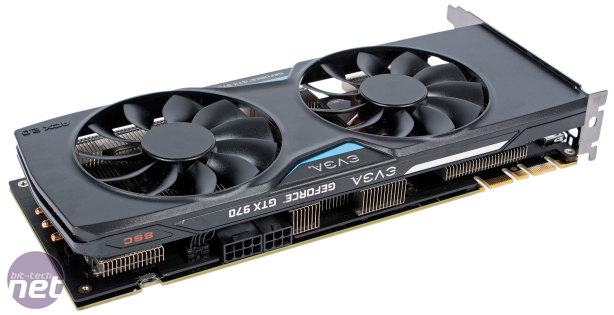
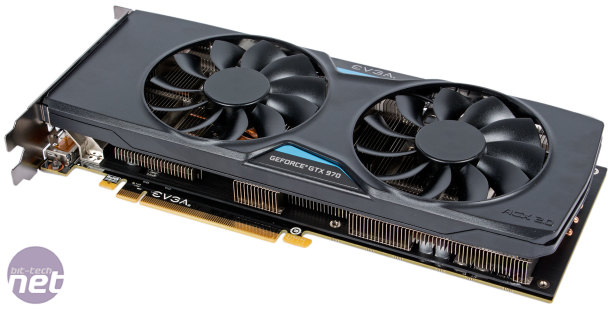
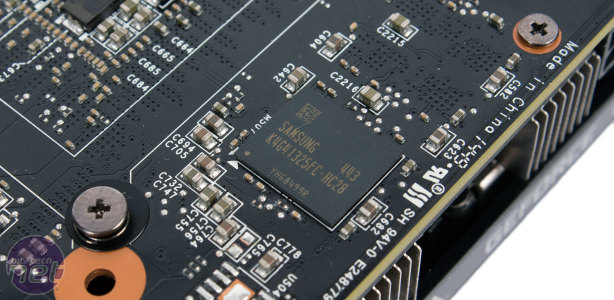
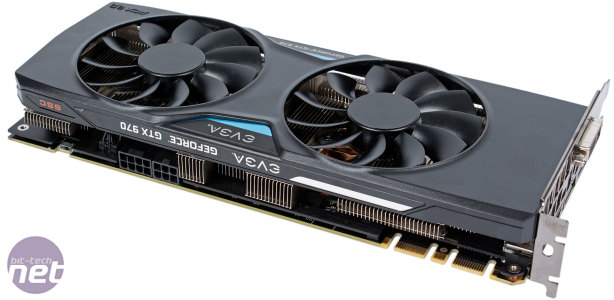
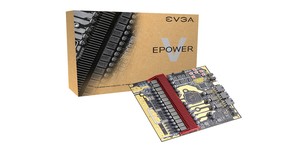






Want to comment? Please log in.